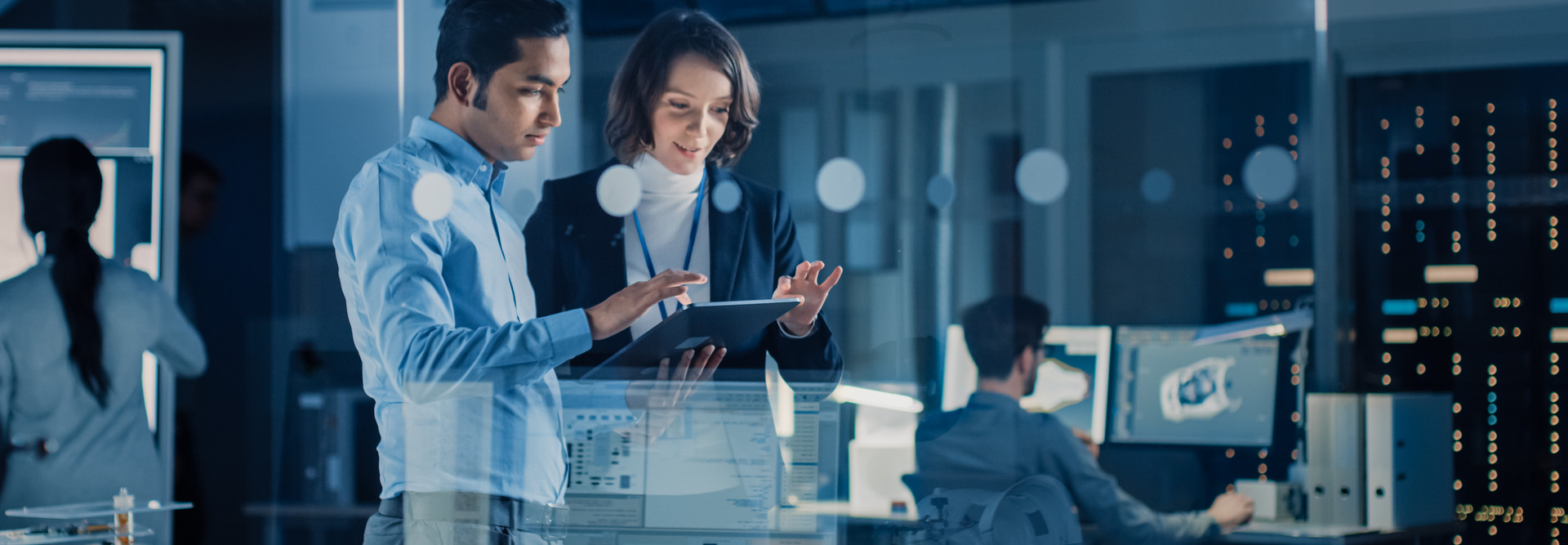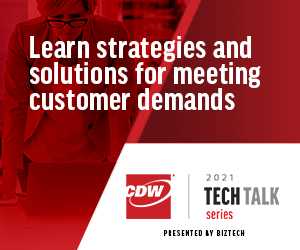The Post-Pandemic Office Will Be a Very Different Place
Although a return to the office seems certain — at least in a limited capacity — it remains to be seen how the look, feel and function of workspaces will change.
Miller said Cisco has taken it to another level by considering employees’ different styles of work, such as concentrators, communicators and collaborators, and making plans according to each group’s needs.
Workplaces will also have to be more informed, Miller said. For example, Cisco is rolling out a tool to display building occupancy and communicate that information via digital signage and mobile devices.
Organizations are also focusing on the idea of “hoteling.” Hoteling would involve reserving a desk for a specified period of time, likely a single day. In the wake of the pandemic, people want to make sure the environments they’re sharing are sanitized between uses. Booking desks and conference rooms allows for that opportunity without impeding collaboration.
Businesses That Couldn’t Operate Remotely Were Forced to Innovate
Orangetheory Fitness was among many organizations that provide in-person services and couldn’t respond to the new circumstances of the pandemic in the same way traditional offices could. Manny Anderson, Orangetheory’s director of technology services, said all of the company’s 1,400 fitness studios across 23 countries had to close during the pandemic.
This dealt a huge blow to the company and its members. Without the option of in-person fitness training, the company had to get creative. “We have a very, very widely consumed mobile application that did provide some type of home workout, but we wanted to try to bring that Orangetheory experience to someone’s home,” Anderson said.
So, the company created Orangetheory Live, in which a live coach creates a workout class for about 25 members, who can join in virtually from home. “They’re able to see their coaches again, get that experience,” he said.
The company made these innovations with CDW’s help as a strategic partner. “We wanted to make sure we specifically set up our coaches with the right equipment to be able to comfortably host these classes from their home,” Anderson said.
He said CDW helped develop a plan and perspective, providing cameras and hardware to deliver high-quality footage “so members could feel their coaches were right there with them. And also giving the coaches the ability to leverage technology and hardware and make them feel comfortable that they’re still being able to bring value like they do in a studio.”
The Workplace of the Future Must Be Resilient
All of these elements at play in returning to the office add up to one key factor: resilience. Ruben Chacon, vice president for technology and CISO at CDW, shared what he thinks are the essential parts of a resilient workplace.
To improve resilience going forward, Chacon said organizations have to continue implementing processes and capabilities aimed at preventing and protecting as much as they can. “For instance, they have to continue using encryption, multifactor authentication and technologies to protect their endpoints and networks,” he said.
Chacon recommended some basic steps to ensure resilience:
- Implement a kill switch to take action and quickly isolate your network, cloud, data centers and anything else you consider important.
- Implement advanced endpoint threat protections. Deploy a system that incorporates endpoint protection, detection and response, machine learning and artificial intelligence.
- Define, implement and communicate a digital meeting point.
- Ensure that your backup capabilities can handle high demand.
Follow BizTech’s full coverage of the CDW Tech Talk series here. Insiders can register for the event series here.











